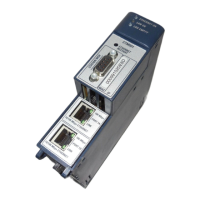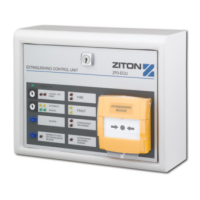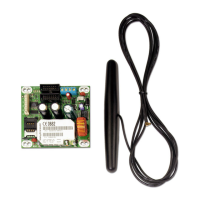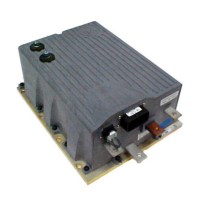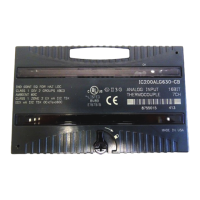6.1.4 IRIG-B Signal
When the bits are all in 0, the unit is in LOCKED state, i.e., there is synchronism reference in the GPS antenna
input. In case the synchronism reference is disconnected or the signal is weak, the bits combination will differ
from zero.
6.1.5 PTP Protocol
In PTP protocol, there is a bit called time traceable that, when set, informs the existence of synchronism
reference in the GPS antenna input. Besides the existence of a reference signal, it is possible to qualify the
signal, according to the bits clock class and clock accuracy, in which the criterion for assessing the quality of
the signal is configured in the device that receives the PTP messages.
6.1.6 NTP Protocol
In NTP protocol, information is given in layers, known as Stratum, numbered from 0 to 16. Layer 1 indicates
the unit is operating with synchronism reference from the GPS antenna input, and it is in LOCKED state. Layer
16 indicates the synchronism reference was interrupted, i.e., the unit is not on LOCKED state.
Also, the synchronism information in this protocol is updated every-2-minutes after the synchronism
reference is interrupted.
6.1.7 SNTP Protocol
In SNMP protocol, a data set is sent containing time reference and status of the external synchronism
reference.
When the status data is zero, it represents the lack of synchronism reference in the GPS antenna input.
When it is 1, it represents the existence of synchronism reference in the GPS antenna input, i.e., it is in
LOCKED state.
6.2 Firmware update
Eventually, new firmware versions will be released with updates and improvements to the unit.
The SETUP section of the Web Interface, shown in Figure 42, allows updating the firmware, manipulating
configurations, changing key, and changing configuration username and password. Firmware and key
updates will be described in Chapter 4.

